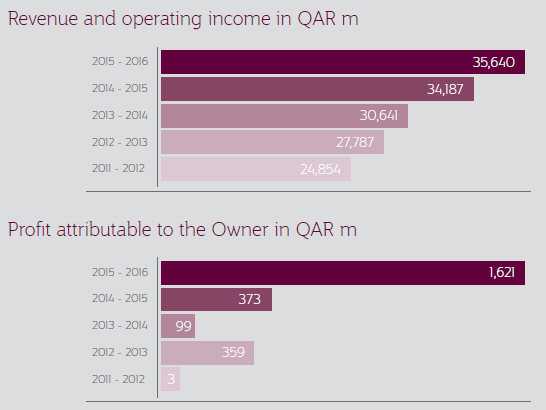Executive Summary
Qatar Airways is an airline company that is fully owned by the government of Qatar. Started in 1993, the company has realized a consistent growth over the years, and it currently flies to over 150 destinations around the world. The study shows that despite the impressive growth, the company faces numerous challenges that threaten its ability to have a sustainable development in the future. The marketing audit report shows that competition is one of the major threats that may limit the firm’s growth. Companies such as Emirates Airline, Etihad Airways, British Airline, and Virgin Atlantic are some of the major market rivals for the company. Fluctuation in the price of jet fuel is another major factor that can hinder the firm’s growth. Other challenges such as possible terror attack, criminal activities, policy changes, and such other related threats need to be given proper focus. The report shows that this company has the capacity of dealing with these threats as it seeks to achieve sustainable growth in the market.
Macro Analysis
The current trends in the aviation sector shows that firms are keen on cutting their operational costs as a way of increasing their profitability and sustainability. The management of Qatar Airways needs to prioritize specific killer questions that directly affect the firm’s ability to sustain its operations in the market. Using a PESTEL model, the management can understand the Macro-environmental forces that can affect its growth. These forces help in defining threats and opportunities in the market. The model helps in identifying political, economical, social, technological, and legal forces in the market. The table in Appendix 2 identifies each of the forces under this model that may directly influence the firm’s ability to achieve the desired level of growth. As Blythe and Martin (2019) observe, these forces may have positive or negative implications. It is upon the management to find ways of adjusting its operations to ensure that these forces are adequately managed to eliminate the negative consequences. Figure 1 below identifies some of the technological changes taking place in the aviation industry. It shows a trend in the hydrocarbon stoichiometric limit in the sector. Qatar Airways needs to understand these trends to ensure that it remains relevant in its operations within this market.
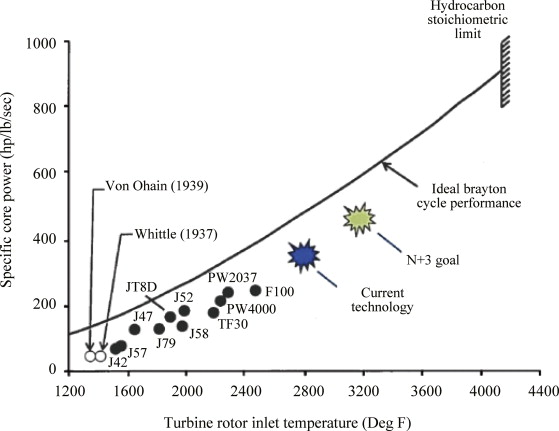
Micro Analysis
Market
An analysis of the market will enable the management of the Qatar Airways to understand how to position its products in a way that will be more appealing to the targeted customers. One of the most important areas to consider is the market size. Aviation industry has grown significantly over the past decades, and currently, there are hundreds of airlines flying to different destinations. According to Grand (2018), there are over 20 airline companies that fly into and out of Doha, Qatar, on a regular basis. It shows that Qatar Airways faces stiff market competition because of the large size of the market. The number of companies in this airport has also redefined the characteristic of the market. Buyers tend to be choosy and demanding whenever they want to purchase a product. The behavior of these buyers is influenced by the numerous options they have whenever they want to purchase air tickets (Chaffey and Smith, 2017). The stiff market competition poses a major threat for the profitability and growth of the firm, especially when there is price competition. Wheeler (2017) explains that the strategic position of a firm vis-à-vis that of its rivals defines how a firm can overcome stiff market competition. Strategic group map in Appendix 3.1 below shows the position of the rival firms in terms of their pricing and global coverage.
Customers
Conducting a comprehensive customer analysis makes it possible for the firm to understand how to position its brand and products in the market. Ferrell (2016) argues that the analysis should start with segmentation. The management should identify different market segments based on their purchasing capacity, culture, and other unique needs. It should select the segment that it finds most desirable based on what it offers and its core competencies (Mestral, Fitzgerald, and Ahmad, 2018). The next step is to identify the key target markets. It is possible to identify two or more targets based on various forces within the industry. The next step is to develop a customer persona. In this stage, the management will focus on developing a profile of the firm’s target customers. When the firm selects clients using first class services, it must understand that these customers need premium services, they need comfort and safety when traveling (Skelton, 2015). The ability to meet these services will enable the firm to gain points in the market. Appendix 3.2 below shows customer success journey map that the management can use to have a comprehensive profiling of its customers.
Competitors
In the aviation industry, competition has become increasingly stiff. As mentioned above, some of the main market rivals of Qatar Airways include Etihad Airways, Emirates, British Airways, Virgin Atlantic, and Lufthansa (Camilleri, 2017). Appendix 3.3 below shows the perceptual map shows how customers perceive airline companies in terms of quality they offer and price that they charge. Wealthy travelers are often willing to pay more for premium services. The competition may be a major threat to a firm’s profitability but it also offers a perfect opportunity to improve on the quality of services offered. The competing firms will benefit from the mutual growth of product quality. The management will need to understand threats of entry into its current market, threat of substitute products, industry rivalry, bargaining power of suppliers, and the bargaining power of buyers to defining its pricing strategies. Porter’s Five Forces Model below summarizes these factors.
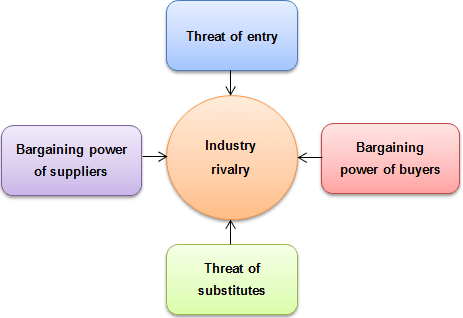
Internal Analysis
Marketing Resources
The ability of Qatar Airways to realize success in the market depends on its assets and capabilities. The most reliable asset of this firm is its team of highly skilled workforce capable of understanding and responding to emerging trends in the market. The government has also been offering direct financial support to the company to help fund its activities in the market. The skilled workforce and the fact that the company has embraced emerging technologies have improved its capabilities and strength in terms of delivering on its promise. The management has been keen on ensuring that its products are valuable, rare, less imitable, and organized, as shown in Appendix 4.1, through differentiation.
Marketing Strategy
Qatar Airways has been keen on embracing unique marketing strategies to ensure that it can manage the stiff market competition. It does this by ensuring that it sets the right pricing for its products, and makes them available for its customers at the right time and in the right place. The company has embraced unique promotional strategies through mass and social media platforms. It has been using television commercials, Facebook, and YouTube advertising platforms. Physical evidence of the value that the firm offers and process that it uses to deliver it also matters to the management (McCoy, 2018). Appendix 4.2 summarizes the marketing mix elements that a firm’s management cannot afford to ignore. Customer-based brand equity (CBBE) framework, shown in Appendix 4.3, also identifies factors that Qatar Airways should embrace to achieve greater market success.
Marketing Functions
The tactics that the firm uses to attract and retain a pool of loyal customers is also critical in ensuring that it realizes the desired level of success in the market. Qatar Airways can use SERVQUAL Gap, shown in Appendix 4.4 below, to measure the gap in terms of the quality of services that it offers and the expectations of its targeted clients. As Varadarajan (2018) observes, the goal should always be to ensure that the gap is eliminated. The management would need to invest in market research and consumer engagement programs to enhance its profitability. Appendix 4.5 below shows Qatar Airways’ financials, which can improve if these strategies are embraced. A drop or stagnation in the firm’s yearly revenue is a weakness that should be addressed.
Summary: TOWS Matrix and Key Strategic Challenges
The external analysis above has identified opportunities and threats in the market while the internal analysis identified strengths and weaknesses. The TOWS matrix shown in table 1 below shows how Qatar Airways can use its strength to overcome external threats and internal weaknesses. It also shows how it can take advantage of the opportunities that the industry presents.
Table 1: TOWS Matrix
Key Strategic Challenges
The analysis above identifies various strategic challenges that the management of Qatar Airways should deal with to ensure that it achieves sustainable growth in the market. One of the strategic challenges is the growing competition in the market. As competition gets stiffer, this firm finds itself in a situation where it has to develop unique strategies of attracting and retaining customers. Fluctuation in the operational costs is another challenge that is of concern to the management.
Recommendations
The report reveals that the market presents various opportunities and threats that Qatar Airways can take advantage of as it seeks to achieve sustainable growth in the market. However, various issues have been identified that may limit the ability of the firm to achieve growth to the desired level. The management should consider the following recommendations to help it achieve sustained growth in the market:
- The company should consider a further diversification of its products to increase its profitability in the market.
- The management of the company should consider exploring new markets in parts of Africa, Asia, and parts of South America where it is currently not serving.
- Qatar Airways should consider forming strategic alliance with major airline companies around the world to enable it increase its market coverage beyond its current reach.
- The firm should ensure that its employees are empowered to the level where they can adjust their operations based on the emerging market trends.
- The management of Qatar Airways should consider promoting creativity and innovativeness among its employees.
Reference List
Adhikari, A. (2018) Strategic marketing issues in emerging markets. Singapore: Springer.
Blythe, J. and Martin, J. (2019) Essentials of marketing. Harlow: Pearson.
Camilleri, M. (2017). Corporate sustainability, social responsibility and environmental management: an introduction to theory and practice with case studies. Cham: Springer International Publishing.
Chaffey, D. and Smith, P. (2017). Digital marketing excellence: planning, optimizing and integrating online marketing. 5th edn. New York, NY: Routledge.
Ferrell, C. (2016) Marketing strategy. New York, NY: Cengage Learning.
Fu, X. and Peoples, J. (eds.) (2019) Airline economics in Asia. London: Emerald.
Grand, K. (2018) How to become a flight attendant for Airlines in the Middle East. New York, NY: Cengage.
Mărginean, C., Ogrean, C. and Orăştean, R. (eds.) (2018) Emerging issues in the global economy: 2017 International Economic Conference in Sibiu (IECS). Cham, Switzerland: Springer.
McCoy, J. (2018) Practical content strategy & marketing: content strategy & marketing course student guidebook. San Bernardino, CA: Julia McCoy.
Mestral, A., Fitzgerald, P. and Ahmad, T. (2018) Sustainable development, international aviation, and treaty implementation. Cambridge: Cambridge University Press.
Moutinho, L. and Vargas, S. (2018) Strategic management in tourism. 3rd edn. Boston, MA: CABI.
Prange, C. (ed.) (2016) Market entry in China: case studies on strategy, marketing, and branding. Cham: Springer International Publishing.
Quesenberry, K. (2019) Social media strategy: marketing, advertising, and public relations in the consumer revolution. New York, NY: Cengage.
Skelton, O. (2015) Marketing audit: the hidden link between customer engagement and sustainable revenue growth. London: McMillan.
Tomczak, T., Reinecke, S. and Kuss, A. (2018) Strategic marketing: market-oriented corporate and business unit planning. Wiesbaden: Springer Gabler.
Varadarajan, R. (ed.) (2018) Innovation and strategy. Bingley: Emerald Publishing Limited.
Wheeler, A. (2017) Designing brand identity: an essential guide for the entire branding team. Hoboken, NJ: John Wiley & Sons.
Appendices
Appendix 1: Company Overview
Qatar Airways Company, popularly known as Qatar Airways, is a national carrier in Qatar that has its headquarters in Doha. Founded in 1993, the airline had the mandate of facilitating easy movement of people and goods into and out of the country (Fu and Peoples, 2019). The company has achieved a consistent growth in size over the years. The airline currently has a fleet of more than 200 aircrafts that it uses in its over 150 destinations in North America, South America, Europe, Asia, Africa, and other parts of the world (Moutinho and Vargas, 2018). The company has more than 43,000 employees working in different departments and it has been a member of Oneworld Alliance since 2013. The company has achieved massive growth in the region, and currently, it is one of the leading airlines in the Middle East and North Africa (MENA) region.
The company’s key competitors within the regional market include Emirates Airline and Etihad Airways. In the international market, the main market rivals include Qantas Airways, Lufthansa, British Airways, China Sothern Airline, and KLM Royal Dutch Airline among others (Tomczak, Reinecke, and Kuss, 2018). The company serves local, regional, and global customers. It offers two main products in the market. The first category of products is passenger services. It offers first class, business class, and economy class services to its clients (Mărginean, Ogrean, and Orăştean, (2018). The second category of products is the cargo services. The specific area of focus in this audit is to determine how this airline can achieve a sustainable growth in the midst of many challenges in the aviation market.
Appendix 2: Supporting Macro Model/Frameworks
Appendix 3: Supporting Micro Model/Frameworks
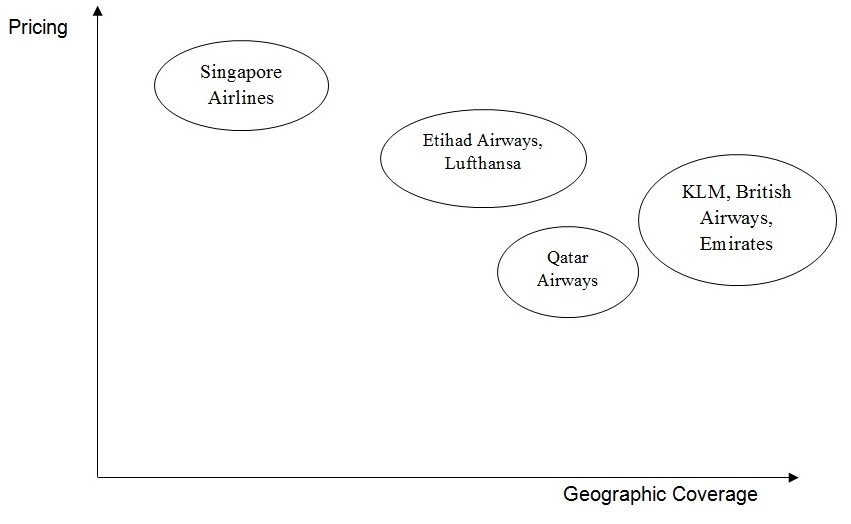
Appendix 3.1. Strategic groups map Geographic Coverage
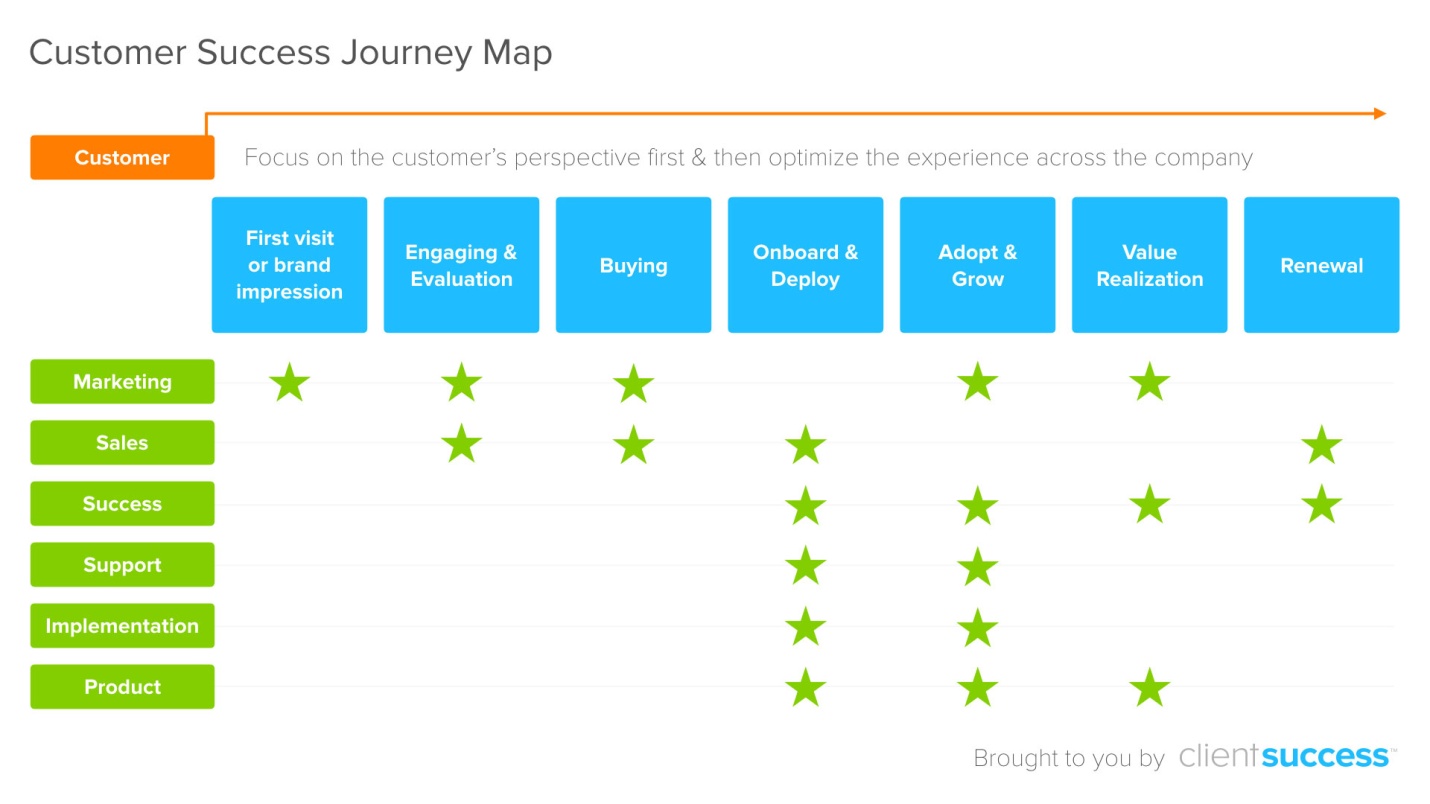
Appendix 3.2. Customer journey map
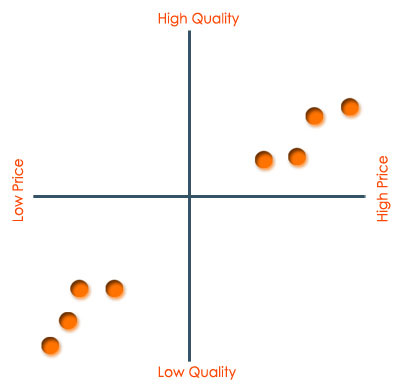
Appendix 4: Supporting Internal Model/Frameworks
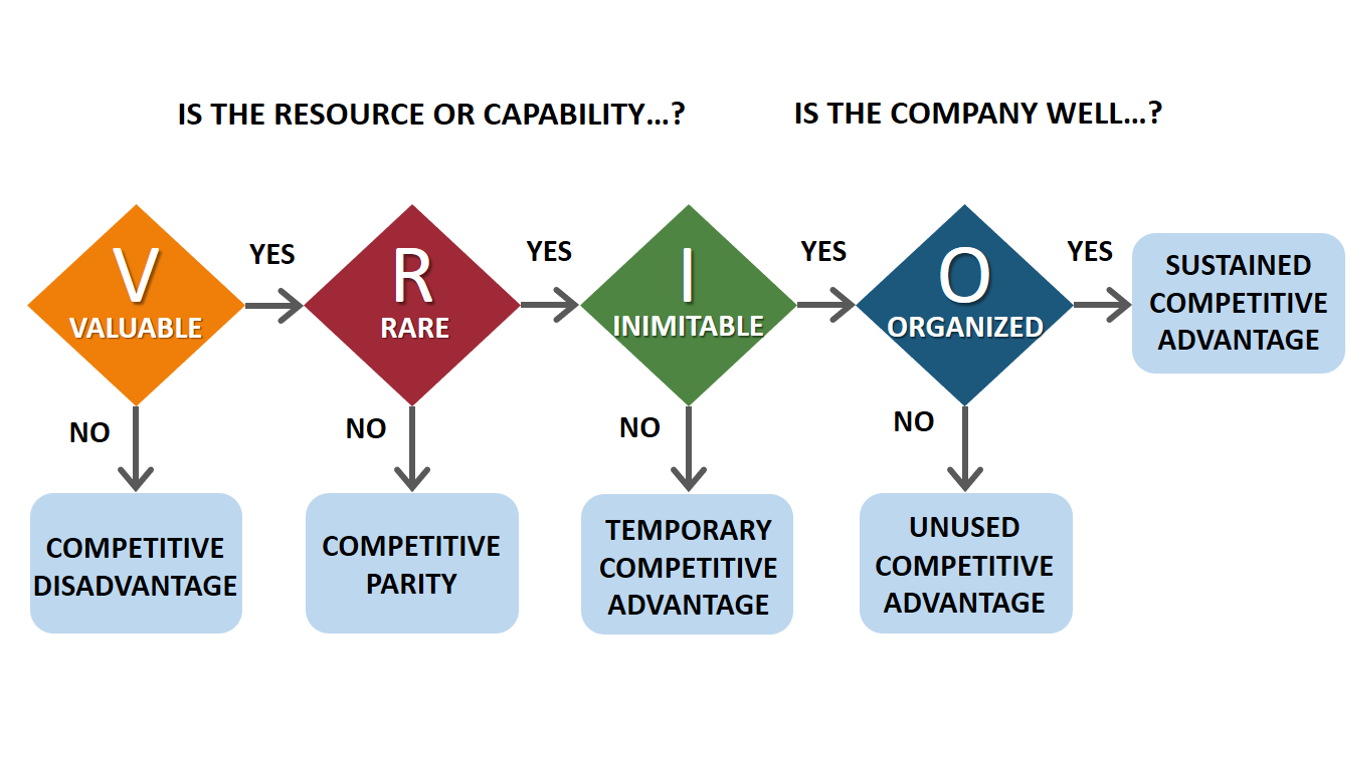
Appendix 4.1. VRIO Analysis
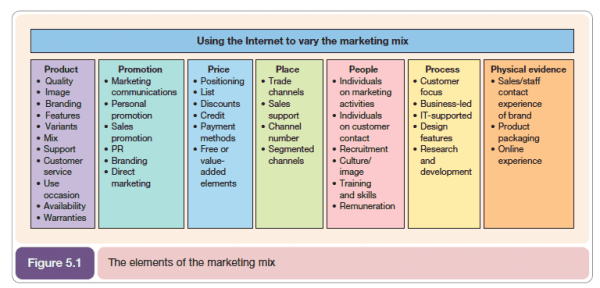
Appendix 4.2. Marketing Mix
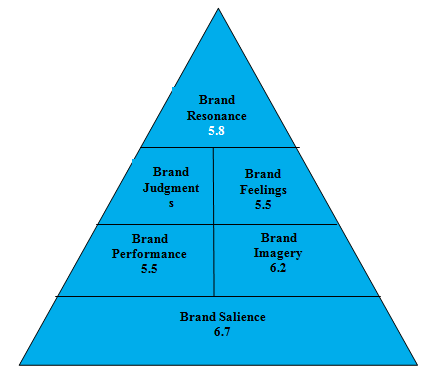
Appendix 4.3. CBBE Framework
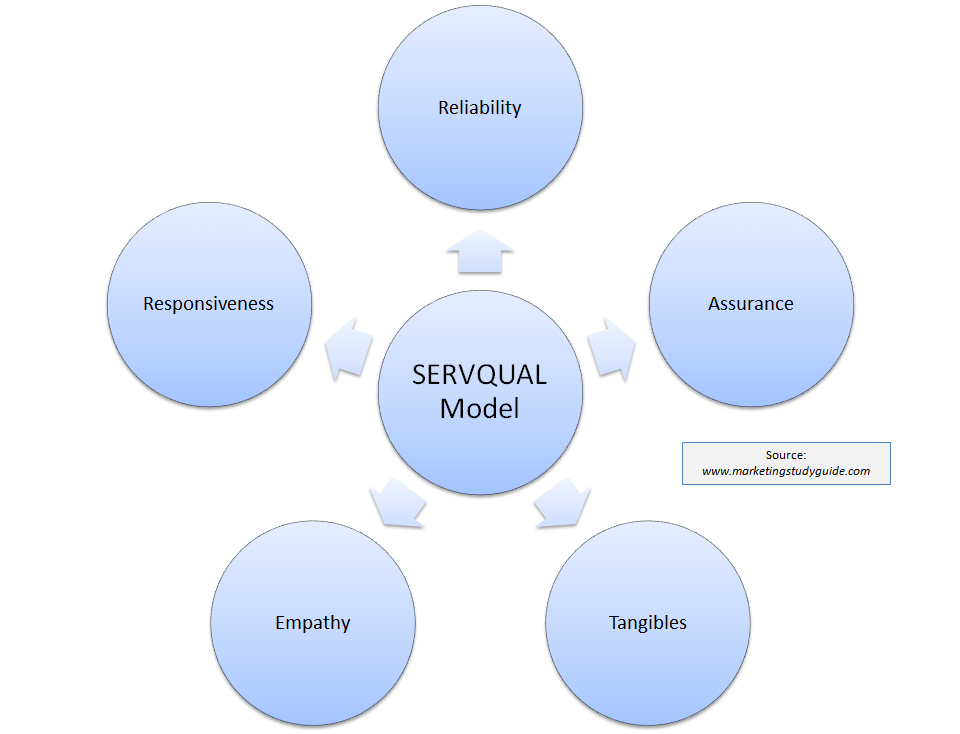
Appendix 4.4. SERVQUAL Gap
